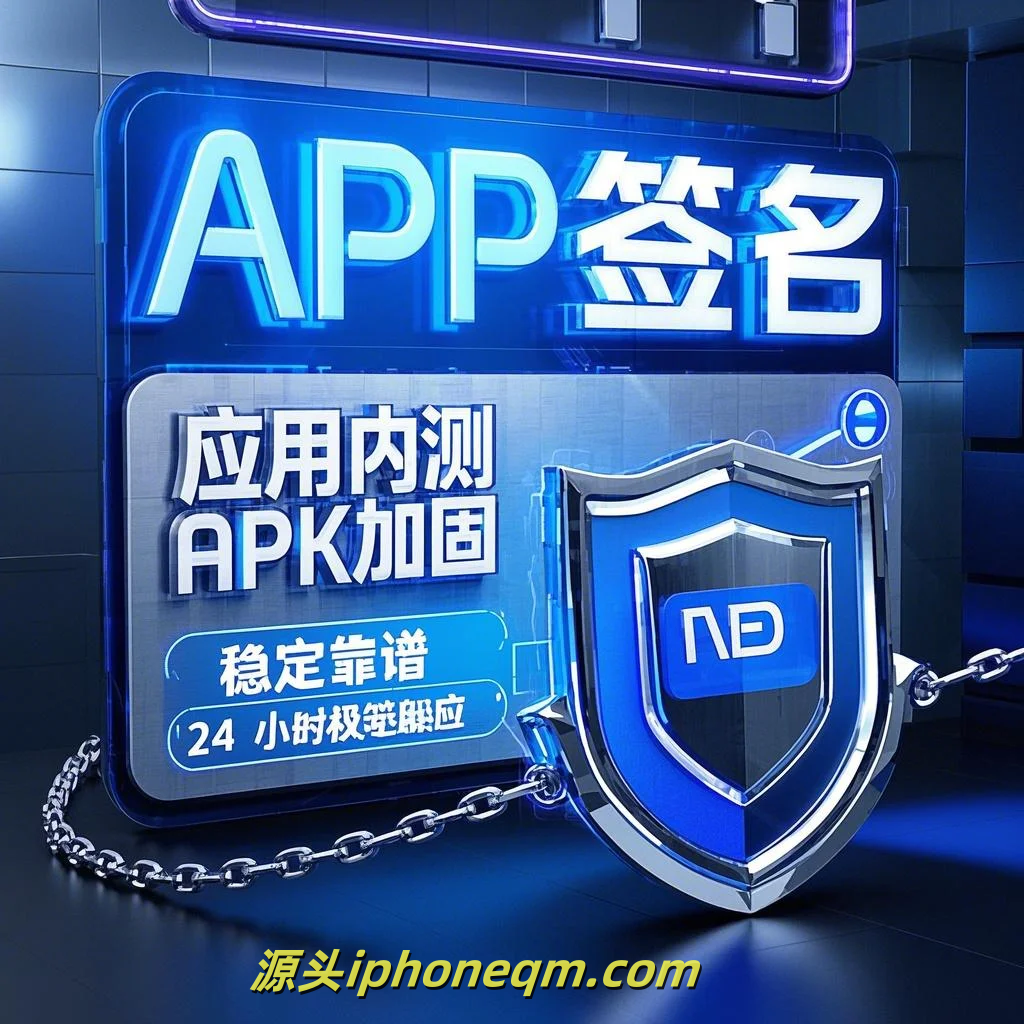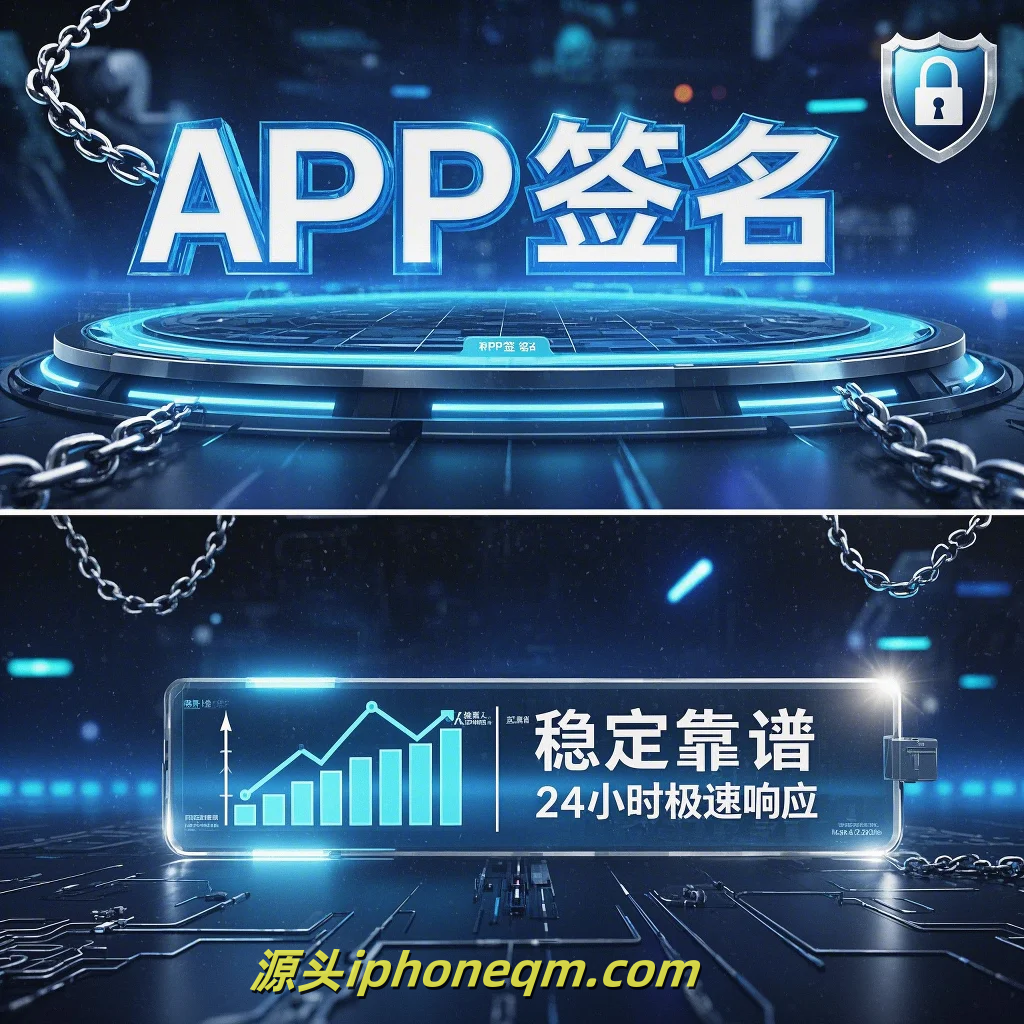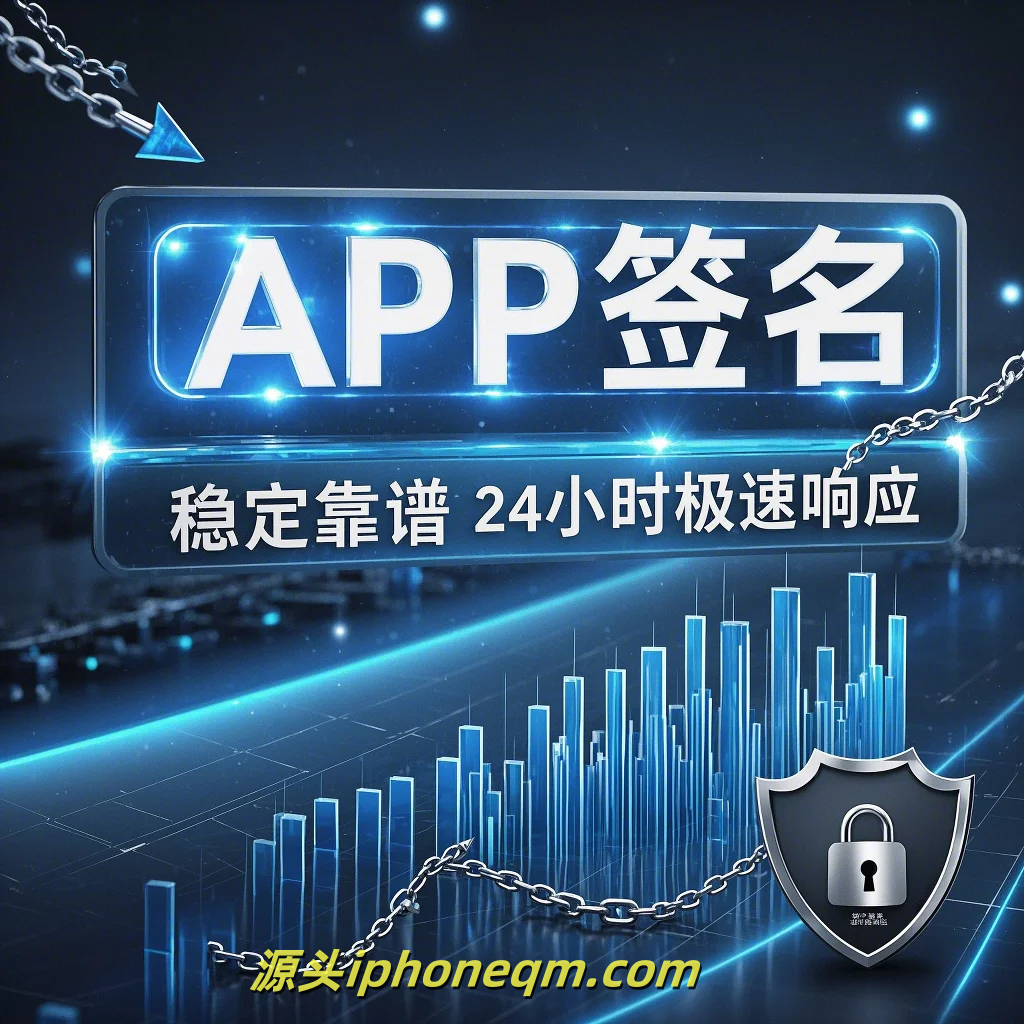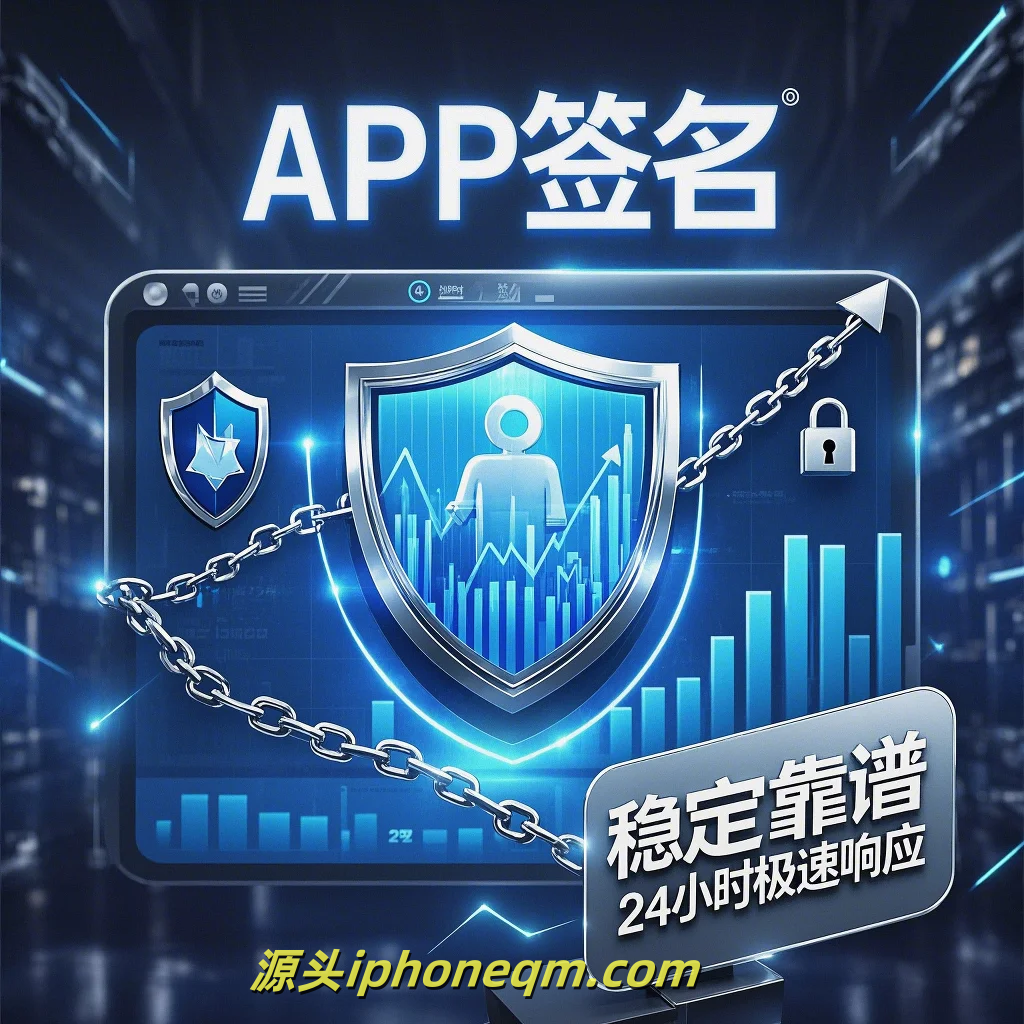iOS signing for enterprise applications can seem complex, but with the right approach, you can navigate it smoothly. In this article, we will break down the essential steps and considerations you need to take into account when signing your enterprise apps for distribution.
First, let’s clarify what enterprise apps are. Enterprise apps are applications developed for internal use within an organization. Unlike apps distributed through the App Store, enterprise apps can be installed on devices without going through Apple’s review process, making them ideal for businesses looking to deploy proprietary software quickly.

The first step in iOS signing for enterprise apps is to enroll in the Apple Developer Enterprise Program. This program is specifically designed for organizations that wish to distribute apps internally. Once you are enrolled, you will receive an enterprise account, which provides you access to the necessary tools and resources for app signing.

After obtaining your enterprise account, the next step is to create a distribution certificate. This certificate is crucial because it authorizes your organization to sign apps for distribution. To create a distribution certificate, open Xcode and go to Preferences, then navigate to the Accounts tab. Select your enterprise account, click on the Manage Certificates button, and create a new iOS Distribution Certificate.
Once you have your distribution certificate, you need to create a provisioning profile. This profile allows your app to run on devices that are part of your enterprise account. In the Apple Developer portal, go to Certificates, Identifiers & Profiles, select Profiles, and create a new provisioning profile. Choose the distribution method as ‘In-House’ and select the appropriate app ID and your newly created distribution certificate. Download the provisioning profile and ensure it's added to Xcode.
Now that you have your distribution certificate and provisioning profile, it's time to sign your application. Open your project in Xcode, navigate to the project settings, and select the target you want to sign. In the Signing & Capabilities tab, ensure that you select your enterprise team and specify the correct provisioning profile. This will enable Xcode to bundle the correct signing credentials into your app.
Another important aspect to consider is the device compatibility. With enterprise apps, you will need to manage which devices can install your app. This requires you to keep a list of UDIDs (Unique Device Identifiers) for devices that your employees use. Whenever you create or update a provisioning profile, you will have to include these UDIDs to ensure the app can be deployed to those devices.
Deployment can be done via various methods, including using an in-house distribution server or third-party Mobile Device Management (MDM) solutions. An MDM solution offers more streamlined and user-friendly ways to distribute apps, manage devices, and enforce security policies. When deploying your app, ensure that your users are informed about any security settings necessary for installation.
Lastly, it’s essential to stay compliant with Apple's policies surrounding enterprise app distribution. Ensure your app does not violate any guidelines laid out in the Apple Developer Program License Agreement. Keep the usage of the app strictly for internal purposes, and avoid distributing it outside your organization.
In summary, the process of signing iOS enterprise apps involves enrolling in the Apple Developer Enterprise Program, creating the necessary certificates and provisioning profiles, and preparing your app for deployment. By following these steps and keeping compliance in mind, you can successfully distribute your enterprise applications without hassle. Remember, effective communication with your team about installations and security policies will enhance your app's deployment experience significantly.
扫描二维码推送至手机访问。
版权声明:本文由MDM苹果签名,IPA签名,苹果企业签名,苹果超级签,ios企业签名,iphoneqm.com发布,如需转载请注明出处。












